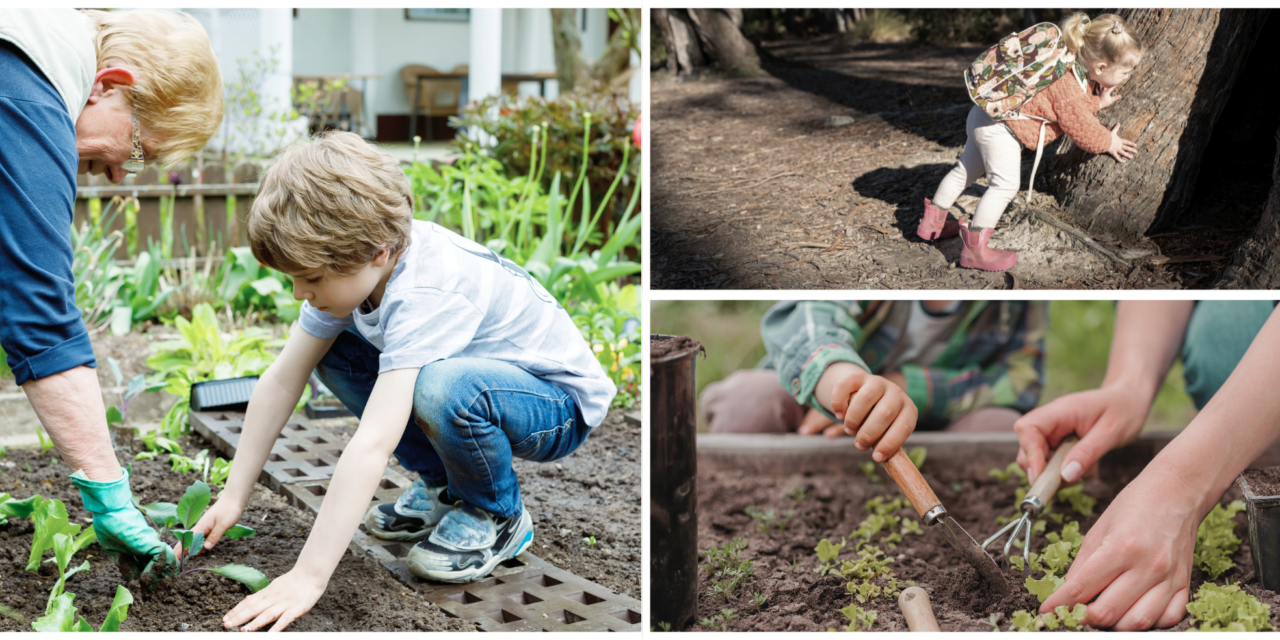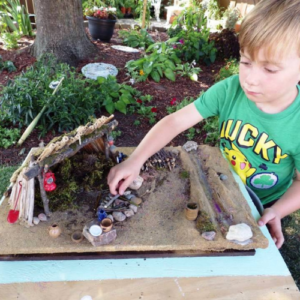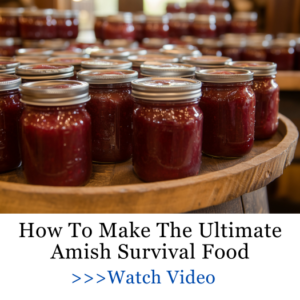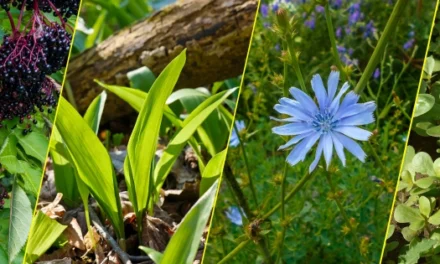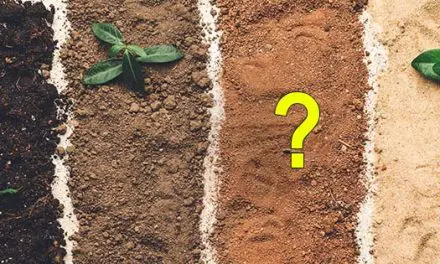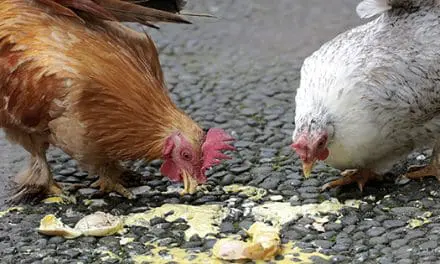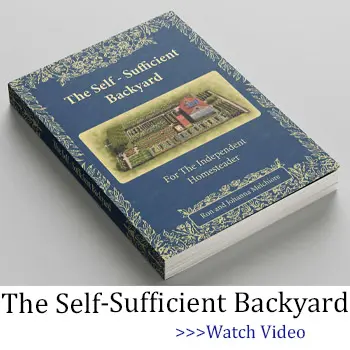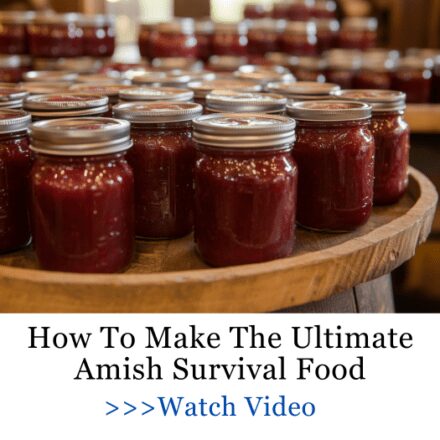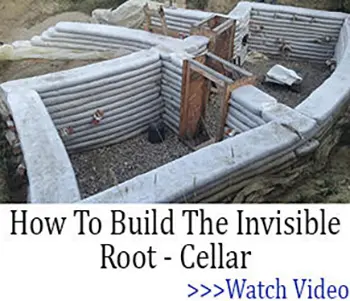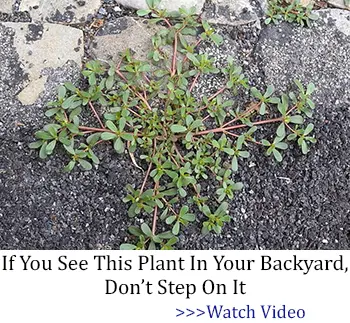The rewarding value of homesteading is the wide variety of skills any homesteader develops as they pursue a self-sufficient lifestyle. It’s satisfying to know that most challenges can be confronted and resolved simply because we know how to do so many things. The question is, how do we pass on that knowledge to our kids?
Kids 101
Anyone who has kids knows that they are always curious, and most enjoy learning about new things. The challenge is that they often have a short attention span, are easily bored and get tired quickly. That pretty much defines the key considerations when it comes to teaching your kids the skills you have acquired.
An Approach to Consider
A good way to start is to tell the kids you want to teach them what you know. Start by telling them about the skills you have. They may already be aware of some. The big question to ask them is which skill they would be most interested in learning. This will hopefully lead you to say in the future, “What do you want to learn next.” That sounds simple enough, but there are key things to do.
Make It Fun
My grandkids love my homemade pickles and told me they wanted to learn how to make them.
I couldn’t getting the canning jars out fast enough. Here are the things I did to make it fun.
- Had them chop the vegetables and peel the fruit.
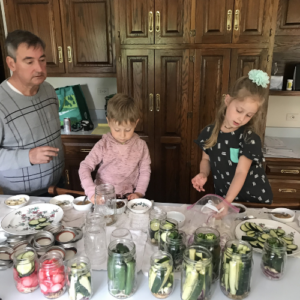
- I let them put all of the fruits and vegetables into the jars.
- I let them top the jars with spices and herbs.
- If a step in any activity is dangerous like hot water bath canning, do it for them but explain what you’re doing.
- I poured the hot brine into the jars but let them put the lids on.
- I had them make labels with their name on it.
- At the end, I reviewed what we all did together.
Related: Foods That Are Safe To Preserve In a Water Bath Canner
Later in the day I took the pickles out of the fridge, and they were thrilled. I sent them home with a dozen jars of pickles with their names on their homemade labels. My daughter called and said “Where am I supposed to put all of these pickles?!”
Make it Interesting
Kids get easily bored. If you can really engage them, they will be fascinated.
I asked my grandson if he wanted to learn how to make an ancient Zeer Pot. He looked at me with a puzzled expression and I told him it’s how to keep something cold with clay pots, sand and water. He wanted to know how that worked, and I said, “Let’s build one.” I had him do everything while assembling it and he was amazed when we put some sodas in it and later that day, they were cold.
Related: Ingenious Ways I Use Clay Pots in My Homestead
Make it Important
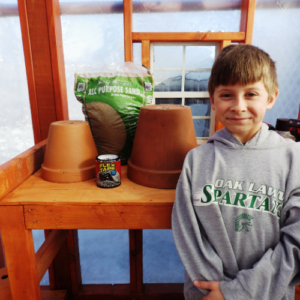
I asked my grandkids what they would do if they had to spend an unplanned night in the woods. One of them said, “Build a lean to.” I said, “Let’s do it”, but we did it in miniature so he could take it home as a reminder of what I told him about wilderness survival while he was building it. In the process he learned how to build a fire pit and how to use moss to make a bed.
That little project sparked something in him. And honestly, in me too. There’s just something about working with your hands, figuring things out together, and seeing that lightbulb go off when a kid realizes they can do something real. While we were building that tiny lean-to, he wasn’t just playing. He was learning. And those lessons tend to stick, especially when they’re tied to something real, something they did with their own two hands.
It got me thinking about how important it is to actually teach these skills, not just talk about them. I realized we should teach more of these to our kids and grandkids. Not just the day-to-day homesteading stuff like gardening or raising animals, but the deeper, old-fashioned know-how that used to be second nature. Things like starting a fire without matches, finding clean water, building a shelter. The kind of knowledge that builds confidence and self-reliance, whether you’re out in the woods or just trying to live a little closer to the land.
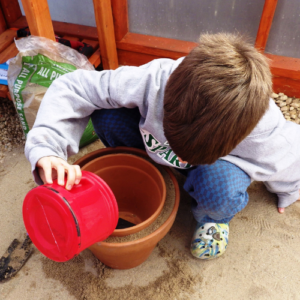
Something that really helped me introduce my grandkids to this world that was completely new to them was the Wilderness Survival Academy. Everything about it is hands-on. Fire-starting, trap-building, caring for wounds with no resources – real skills they can try out right alongside you.
And the best part is, it gave us a starting point. It is taught by Nicole Apelian, who they actually recognized from the Alone series that we like watching together. Having someone they knew from TV leading the way made it feel even more real to them. A way to turn curiosity into confidence, and screen time into real-world experience. If you’re also looking for a way to pass down the kind of knowledge that builds grit, self-reliance and a deep respect for nature, it’s a solid place to start.
Expand on What They’ve Learned
After my grandson built his little fire pit I said, “Let’s build some different kinds of fires.”
We then proceeded to build a basic pit, a keyhole fire and other fire designs in miniature with small rocks. My goal was to get him thinking conceptually about fire pit designs and I could see him absorbing it all as he continued to arrange rocks and sticks.
Involve Them in a Real Project
I built a greenhouse for my daughter and involved my grandkids every step of the way. They all had hammers and pounded most of the nails to build the framework. I did the sawing and measuring but told them all about “measure twice” and saw safety. They sealed and stained the entire framework, and the boys helped me build the door. When it was done, they all felt like they had built it and learned a lot about carpentry and construction.

Something that really helped guide me through that project, and that I think would be useful to anyone looking to teach their kids the value of hard work, was a book I found about the Amish ways of living and building. It includes practical details on how to build a quality greenhouse, like the one we made. There are more such DIY projects in it too, like building a no-electricity fridge or even an air conditioning unit, which I thought was pretty cool.
It also included amazing ideas for traditional Amish foods and preservation methods – things like pickling, canning and even making homemade forever butter, that I can’t wait to try with the kids. For me, it wasn’t just about following blueprints; it was about getting back to basics and rediscovering the kind of hands-on living that builds character and a deeper connection to what we make.
Make it A Reward
I had a fire going in the backyard. My grandkids asked if we could cook something. “Yes, but you have to do the cooking”, I said. We cooked a slab of ribs and they basted them and were responsible for turning and watching them.
I explained to them the importance of creating a bed of coals and cooking slowly over the coals rather than in the flames. Then, I showed them how to skewer the ribs onto a long, sharpened branch and push it into the ground on an angle to hover the ribs over the coals. When we were done, they got their reward and they ate the full slab.
Make it an Adventure
I wanted to teach my grandsons about wild foraging and especially wanted them to understand that many wild plants are poisonous. They were totally engaged and as we hiked, I would quiz them on plants we had already seen. Soon their foraging turned to harvesting frogs, crayfish and turtles.
They asked if they were safe to eat and I told them yes but not today, so they let them go. Later that day I brought a bag of crayfish I bought at the grocery store and taught them how to steam crayfish in a pot over an open fire.
As we were walking, I had this book with me, and I kept pulling it out to show them pictures of the plants we passed. I will be honest: it made everything much easier. It is colorful and full of vibrant pictures that made identifying plants fun and easy. Each plant has clear images, so I could compare what we were seeing in the wild. It also has detailed explanations about the uses of each one, and it even teaches how you can identify some poisonous and dangerous look alikes. The kids were eager to point out plants they recognized and tell me whether they thought they were edible or not.
Make it an Everyday Thing
Even if it’s just talking about what you’re done in the past or want to do in the future, keep them engaged with the idea of learning these new skills. As they grow older you can expand the skill set of things you involve them in, and that’s a key point: always stop and think how they can be a part of everything you do? It’s a great confidence builder and the more you involve them in your projects and share your knowledge, the more they will learn about the art and craft of self-sufficiency.
15 Things You Should Teach Your Children That Can Save Their Lives
The Only Types of Fire You Need to Know (Video)
Homesteading Lessons I Learned from the Amish
This Is How I Disappeared From the Grid
25 Ingenious Uses for Scotch Tape Every Homesteader Should Know

